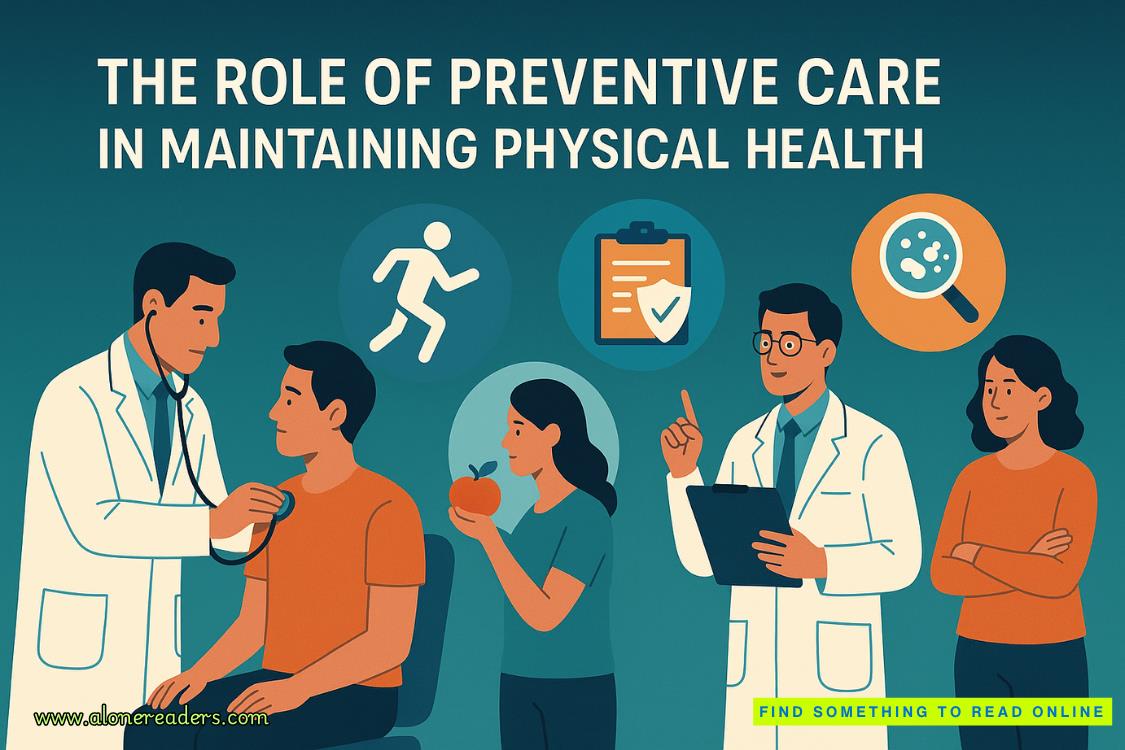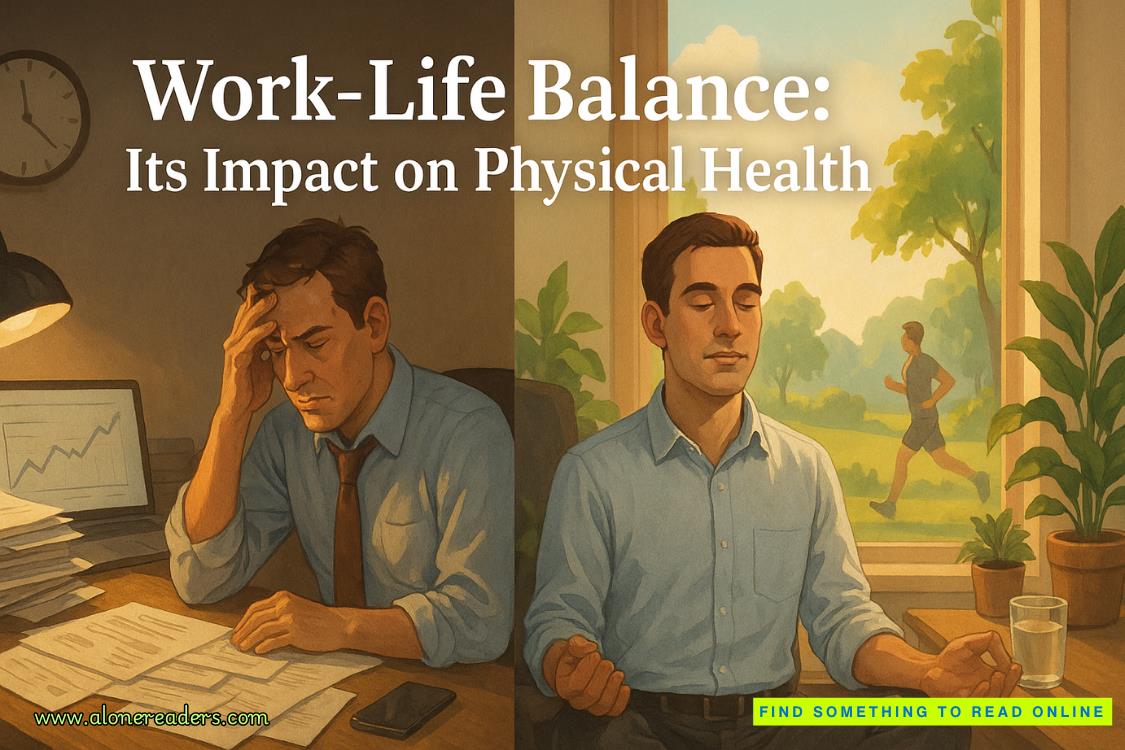Payne said, “Javier Iglesia. I know him.” He looked at Byrth. “He’s a technician in the Medical Examiner’s Office. Good guy, even though his humor runs on the really dark side.”
Rapier then went on: “Javier told me the body is that of a Hispanic female. He said he’s guessing that she can’t be even twenty years old. They haven’t done the autopsy yet. But they did take her fingerprints, and ran them.” He looked at his wristwatch. “That was almost two hours ago, so we should know at any time if we got a match on IAFIS.”
The Integrated Automated Fingerprint Identification System was run by the FBI. With more than 55 million subjects-voluntarily submitted by local, state, and federal law-enforcement agencies-it was the largest biometric database in the world. Accessible twenty-four/seven year-round, it could on a good day provide a response to the submission of a criminal ten-print fingerprint within a couple hours.
“With any luck, we’ll get a hit,” Corporal Rapier said. “Then it’s ‘In God We Trust-everyone else we run through NCIC.’ ”
Byrth chuckled.
“Amen to that,” he said.
Like IAFIS, the National Crime Information Center also was maintained by the FBI and available to law enforcement at any time. Its database contained critical records on criminals, including fugitives, as well as stolen property and missing persons. The data was provided by the same sources as those feeding IAFIS, plus whatever courts were authorized to contribute and some foreign law-enforcement agencies.
Then Byrth said, “If the doer is who I think it is, I wouldn’t hold your breath on getting that hit, Corporal.”
“Can I ask why?” Rapier said.
“The guy I’m hunting likes to lop off the heads of undocumented aliens. My money is on the real possibility that this poor girl has no paper trail.”
Rapier looked at him but didn’t know what to say. He looked to Payne.
“There was one other thing Javier did say,” Rapier added.
“What?” Byrth immediately said.
Rapier looked to Payne, who made a face that said, Well? “He noticed something unusual as he casually inspected the body before putting it in the body bag,” Rapier said.
“What?” Byrth repeated.
“Grass clippings. Javier told me that it was weird but there were some grass clippings, you know, where her head had been.”
“That is weird,” Payne said. “Maybe she was dragged through grass at some point? Or they were in the garbage bag?”
“No, not loose clippings,” Rapier said. “More like deep in the bone. Like what cut her was a tool that had had grass on the blade. And that grass got embedded.”
Payne looked at Byrth, who raised his eyebrows and made a face that said, Hell if I know…
They were all silent a moment. They looked absently at the other two banks of TVs. These showed the local and cable news show broadcasts, and the DOT highway and city traffic shots. Payne scanned the feeds. He found the ones of the Philly Inn, the Reading Terminal Market, and the Temple University Hospital. Their imagery was frozen.
“Anything else in particular you wanted to see?” Corporal Rapier said.
“Panel eighteen,” Payne said. “Is that what I think it is?”
Rapier punched a button on his console and the image on panel eighteen was replicated on the main bank of TVs, taking the place of the body recovery by the Marine Unit on the Schuylkill River. And Rapier punched another button, unfreezing the somewhat grainy black-and-white exterior shot of the Temple University Hospital.
Payne turned to Byrth as the cars and people began moving.
“This is the hospital I told you about,” Payne said.
Then the Hispanic assassin
in royal blue scrubs kicked open the exit door and ran down the street.
“And that’s the sonofabitch I shot this morning!”
They watched the scene unfold.
When it was over, and started to loop, Byrth whistled.















